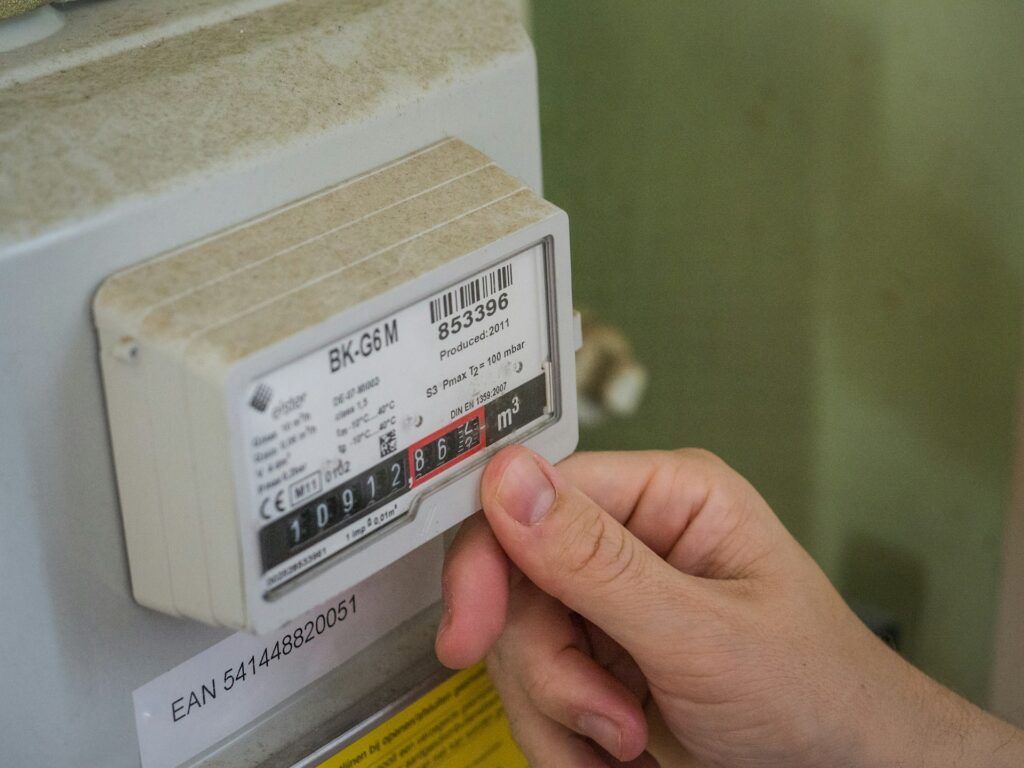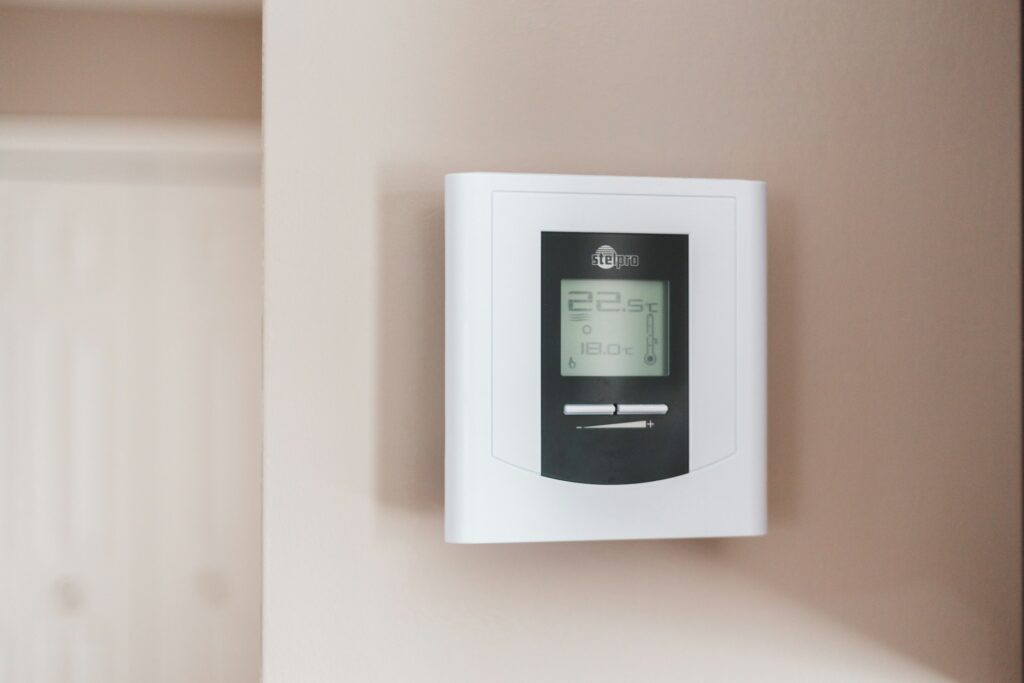Growing your own healthy vegetable garden at home is a gratifying and sustainable way to enjoy fresh produce right from your backyard.
Whether you’re a novice gardener or a seasoned green thumb, learning how to grow a healthy vegetable garden involves understanding the essential tips, recognizing signs of a thriving garden, planning an ideal layout, and managing costs effectively.
With the right guidance and a bit of dedication, you can transform a patch of soil into a bountiful source of nutritious vegetables, enhancing your meals and contributing to a healthier lifestyle!
This comprehensive guide will walk you through every step of the gardening process, from choosing the right location and preparing the soil to recognizing the indicators of plant health and organizing your garden layout efficiently.
We’ll also delve into the cost implications of setting up and maintaining a vegetable garden, ensuring you have a clear understanding of the investments required.
10 easy tips for growing a healthy vegetable garden
Growing a healthy vegetable garden at home can be a rewarding and enjoyable endeavour. Here are some essential tips to help you get started and ensure a bountiful harvest:
- Choose the Right Location: Select a spot that receives at least 6-8 hours of direct sunlight daily. Most vegetables need full sun to thrive.
- Prepare the Soil: Healthy soil is the foundation of a productive garden. Test your soil to determine its pH level and nutrient content. Amend it with compost, organic matter, and appropriate fertilizers to achieve the ideal soil composition for vegetables.
- Select the Right Plants: Choose vegetables that are well-suited to your climate and soil conditions. Consider planting a mix of quick-growing and slow-growing varieties to ensure a continuous harvest.
- Water Wisely: Water your vegetable garden consistently and deeply. It’s best to water early in the morning to minimize evaporation and fungal diseases. Use a drip irrigation system to deliver water directly to the roots and conserve water.
- Mulch Your Garden: Apply a layer of organic mulch, such as straw or shredded leaves, around your plants to retain moisture, suppress weeds, and regulate soil temperature.
- Practice Crop Rotation: Rotate your crops each season to prevent soil depletion and reduce the risk of pests and diseases. Avoid planting the same type of vegetable in the same spot year after year.
- Fertilize Regularly: Use organic fertilizers to provide essential nutrients to your plants. Key minerals needed for healthy plant growth include nitrogen, phosphorus, potassium, calcium, magnesium, and sulphur.
- Control Pests and Diseases: Monitor your garden regularly for signs of pests and diseases. Use organic pest control methods, such as neem oil, insecticidal soap, or beneficial insects, to keep harmful pests at bay.
- Prune and Stake Plants: Support tall and vining plants with stakes, trellises, or cages to prevent them from falling over. Prune excess foliage to improve air circulation and reduce the risk of disease.
Harvest at the Right Time: Pick vegetables when they are ripe and at their peak flavour. Regular harvesting encourages plants to produce more.
Signs of a healthy vegetable garden
Identifying the signs of a healthy vegetable garden is crucial for maintaining its vitality. Here are some indicators that your garden is flourishing:
- Vibrant, Green Leaves: Healthy plants have rich green leaves that are free from discoloration, spots, or wilting.
- Strong, Sturdy Stems: Stems should be thick and robust, supporting the plant without bending or breaking.
- Abundant Blossoms and Fruit: A productive garden will have numerous flowers and developing fruits, indicating successful pollination and plant health.
- Minimal Pest Activity: While some pests are inevitable, a healthy garden will have minimal damage and a balanced ecosystem with beneficial insects.
- Consistent Growth: Plants should show steady growth, with new leaves and shoots appearing regularly.
- Well-Drained Soil: The soil should be well-drained, preventing waterlogging and root rot. It should also be rich in organic matter.
- Pleasant Aroma: Healthy plants and soil often have a fresh, earthy smell, free from foul or sour odours.
Ideal vegetable garden layout and related tips
Designing the ideal vegetable garden layout is crucial for maximizing space, productivity, and ease of maintenance. Here are some layout tips to help you create an efficient and productive garden:
- Plan Your Garden Beds: Decide whether you want raised beds, in-ground beds, or container gardening. Raised beds offer better drainage and soil quality control.
- Organize by Plant Height: Place taller plants, such as tomatoes and corn, on the north side of the garden to prevent them from shading shorter plants.
- Group Plants by Water Needs: Cluster plants with similar water requirements together to simplify irrigation and prevent over- or under-watering.
- Use Companion Planting: Plant compatible vegetables and herbs together to enhance growth and repel pests. For example, basil can help deter tomato hornworms when planted near tomatoes.
- Provide Walkways: Create pathways between garden beds to allow easy access for planting, watering, and harvesting. This prevents soil compaction and minimizes plant damage.
- Incorporate Vertical Space: Use trellises, cages, and stakes to grow climbing plants vertically, saving ground space and improving air circulation.
- Succession Planting: Plan for successive planting to ensure a continuous harvest throughout the growing season. Replace harvested crops with new plantings to make the most of your space.
Cost implications of growing a vegetable garden at home
Understanding the cost implications of growing a vegetable garden at home can help you budget effectively and make informed decisions. Here are some potential expenses to consider:
- Soil and Amendments: Purchasing quality soil, compost, and organic matter can range from $50 to $200, depending on the size of your garden.
- Seeds and Seedlings: The cost of seeds and seedlings varies by type and quantity, typically ranging from $20 to $100 per season.
- Irrigation System: Installing a drip irrigation system can cost between $50 and $150, while hand watering with a hose is a more affordable but labour-intensive option.
- Garden Tools and Equipment: Essential tools like shovels, hoes, pruners, and gloves can add up to $50 to $100 initially, with occasional replacements or additions over time.
- Mulch and Fertilizers: Organic mulch and fertilizers can cost around $30 to $100 per season, depending on the size of your garden and the specific products used.
- Pest and Disease Control: Organic pest control methods and products can range from $20 to $50 per season.
- Garden Structures: Raised beds, trellises, cages, and stakes can cost between $50 and $200, depending on the materials and quantity needed.
- Miscellaneous Costs: Additional costs may include garden decorations, protective netting, plant supports, and other accessories, typically ranging from $20 to $50.
While the initial investment in setting up a vegetable garden can be significant, many of these costs are one-time expenses. Over time, a well-maintained garden can save you money on groceries and provide fresh, homegrown produce, which will, in turn, benefit your health and improve hair growth!
Besides, setting up vegetable gardens in India is comparatively cheaper than in the USA. And if you are planning to visit the former, discover the top-rated places in India!
Growing a healthy vegetable garden at home is a fulfilling and beneficial endeavour. By following the tips provided, recognizing the signs of a thriving garden, planning an efficient layout, and understanding the cost implications, you can create a productive and sustainable garden. Enjoy the process of nurturing your plants and reaping the rewards of fresh, homegrown vegetables.
If you have more tips to share with our readers, share them in the comments section.

